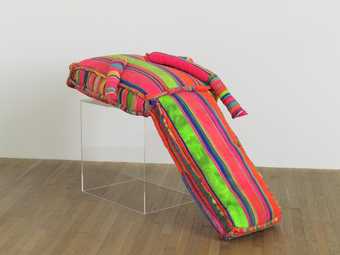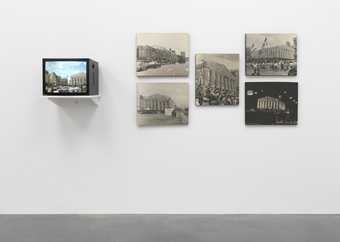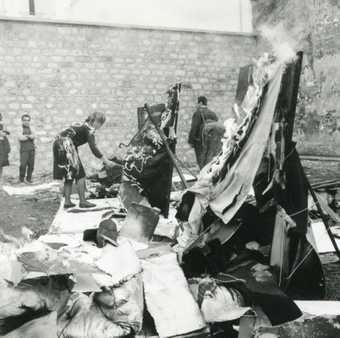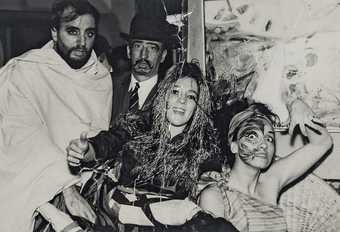Conceptual and performance artist Marta Minujín was born in Buenos Aires in 1943 and continues to work there today. From the mid-1960s Minujín became one of the most energetic contributors to the pop art scene in Buenos Aires. Throughout her practice Minujín explores the value of audience participation in the redefinition of art’s purpose.
She was a student in the National University Art Institute in the 1950s and travelled to Paris and New York throughout the 1960s. In Paris she was part of group of artists who created large-scale happenings and ‘livable sculptures’ from found objects and materials. The works were always temporary and destroyed after they were presented.
La Menesunda 1965 is a project she conceived in collaboration with Rubèn Santantonín and others associated with the Torcuato Di Tella Institute in Buenos Aires. One of the most celebrated works of the decade, La Menesunda is inspired by the city of Buenos Aires itself and consisted of multiple environments or areas which included a room with a couple in bed, a dental surgery, a walk-in freezer and a beauty salon housed in a structure in the shape of a woman’s head.
La Menesunda sought to transform the passive spectator into an active participant.
Buenos Aires Museum of Modern Art collaborated with Minujín in recreating La Menesunda and it was open to the public from August 2015 to May 2016. Marta Minujín's The Parthenon of Books 1983 is part of Tate's collection.




